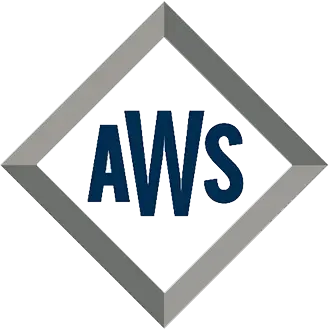Mastering the Craft of Structural Steel Fabrication A Step by Step Tutorial
The structural steel fabrication industry has evolved significantly over the past decade, with a reported growth rate of approximately 3.5% per year, according to the latest data from the American Institute of Steel Construction (AISC). As the demand for high-quality, durable structures continues to rise across various sectors such as commercial real estate, infrastructure, and industrial applications, the role of structural steel fabricators becomes increasingly vital. These professionals not only ensure the precise cutting, shaping, and assembling of steel components but also adhere to stringent safety and quality standards that are essential in modern construction projects. Mastering the craft of structural steel fabrication is therefore crucial for enhancing efficiency and fostering innovation within the industry. In this step-by-step tutorial, we will explore the comprehensive processes and techniques employed by expert structural steel fabricators, enabling them to meet the challenges of today's construction demands.

Understanding the Basics of Structural Steel Fabrication
Understanding the basics of structural steel fabrication is crucial for anyone looking to enter this dynamic industry. At its core, structural steel fabrication involves the transformation of raw steel into structural components that can be utilized in construction projects, such as beams, columns, and braces. Key processes include cutting, bending, and assembling steel sections, which must all adhere to strict industry standards for safety and integrity. As new technologies emerge, such as augmented reality (AR), the quality of production can be significantly enhanced. AR tools not only improve accuracy during the design phase but also assist in training new workers, allowing them to become proficient more quickly.

The structural steel fabrication market is currently experiencing tremendous growth, driven by urbanization and the rise of mega-projects in various regions. Investment in cutting-edge technologies is on the rise, which enables companies to enhance their service capabilities and efficiency. However, it's essential to be mindful of the hidden cost drivers that can impact project budgets. Materials, labor, and erection costs play significant roles in the overall expenditure. By understanding these fundamental aspects and keeping abreast of market trends, professionals in the field can navigate the complexities of structural steel fabrication with greater ease and expertise.
Essential Tools and Equipment for Steel Fabrication
In the world of structural steel fabrication, having the right tools and equipment is essential for mastering the craft. With the global metal forming tools market projected to grow from $29.41 billion in 2025 to $51.67 billion by 2032, it's clear that investment in quality fabrication tools is critical for both efficiency and output quality. Essential tools such as plasma cutters, welding machines, and metal forming presses play a vital role in ensuring precision and durability in steel projects.
Tip: When selecting tools, consider their compatibility with emerging trends in sustainable building materials. Innovations in production technologies not only enhance performance but also align with eco-friendly practices, leading to a better market positioning.
As the Saudi Arabia metal fabrication equipment market continues to expand due to infrastructure development and a construction boom, it's important to capitalize on current trends like the early Black Friday deals. These promotions provide an excellent opportunity to upgrade your workshop with top-tier equipment at competitive prices—ensuring that your business stays ahead in a rapidly evolving industry.
Tip: Always stay informed about market forecasts and innovations. This knowledge can help you make strategic decisions about purchasing new tools that can improve your fabrication efficiency, ultimately saving time and costs in the long run.
Step-by-Step Process of Fabricating Structural Steel Components
Fabricating structural steel components is an intricate process that requires precision and expertise. The first step in the fabrication process typically involves detailed planning and design. Engineers and designers work together to create blueprints that not only meet safety standards but also align with the project's specifications. Once the designs are finalized, the next phase is sourcing high-quality raw materials, which is crucial for ensuring the strength and durability of the finished product.
After obtaining the necessary materials, the actual fabrication begins. This step includes cutting, bending, and welding the steel into the required shapes and sizes. Modern fabrication shops utilize advanced machinery, such as CNC plasma cutters and robotic welders, to enhance accuracy and efficiency. Following fabrication, thorough inspections are conducted to ensure that each component meets structural integrity standards and design specifications. Additionally, surface treatments, such as galvanization or painting, are applied to protect the steel from corrosion, ensuring longevity and reliability in construction projects.

Techniques for Ensuring Precision and Quality in Fabrication
Mastering structural steel fabrication requires meticulous attention to precision and quality, elements that can greatly influence the outcome of any project. Recent advancements in technologies such as high-precision measurement systems and automated inspection processes play a crucial role in ensuring the quality of fabricated steel structures. According to industry reports, implementing advanced inspection techniques can reduce fabrication errors by up to 30%, thereby enhancing overall productivity and safety in construction practices.
In the realm of smart manufacturing, the integration of 5G and AI technologies is prompting a significant transformation in fabrication methods. These innovations are allowing manufacturers to create more connected and efficient workflows. For instance, companies leveraging 5G capabilities for real-time monitoring and control of fabrication equipment have reported efficiency gains of 20-25%. By adopting these cutting-edge technologies, fabricators can ensure that their processes not only meet but exceed existing quality standards. This commitment to precision and quality in structural steel fabrication lays the foundation for safer and more efficient constructions.
Common Challenges in Structural Steel Fabrication and Their Solutions
Structural steel fabrication is a crucial process that presents several common challenges. One major issue is the precision required in measurements and cuts. Often, inaccuracies can lead to misalignment during assembly, resulting in costly rework and delays. To mitigate this, it is essential to utilize advanced measuring tools such as laser scanners and ensure that all team members are well-trained in fabrication techniques. Establishing a thorough quality control system can also help catch errors early in the process.
Another prevalent challenge is the handling and transportation of heavy steel components. Improper handling can lead to damage, increased labor costs, and risks to worker safety. To address this, companies should implement rigging protocols and use equipment designed for heavy lifting, such as cranes or forklifts with appropriate attachments. Additionally, incorporating detailed logistics plans can ensure that each piece is safely transported from the fabrication site to the construction location, minimizing the risk of accidents and delays. By proactively addressing these challenges, fabricators can improve efficiency and maintain high standards of safety and quality in their projects.
Related Posts
-
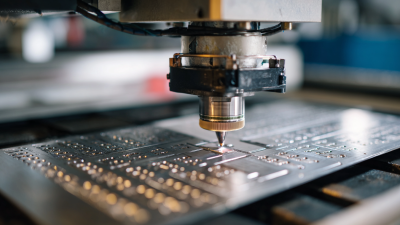
10 Best Sheet Metal Prototyping Tips for 2023 to Boost Your Production Efficiency
-
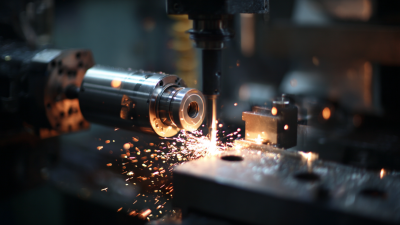
Top Strategies for Enhancing Efficiency in Sheetmetal Fabrication Processes
-

Innovative Techniques in Sheet Metal Manufacturing You Might Not Know
-

How to Maximize Efficiency with CNC Laser Cutting in Your Manufacturing Process
Get your project done the Right way
7:00am - 5:00pm
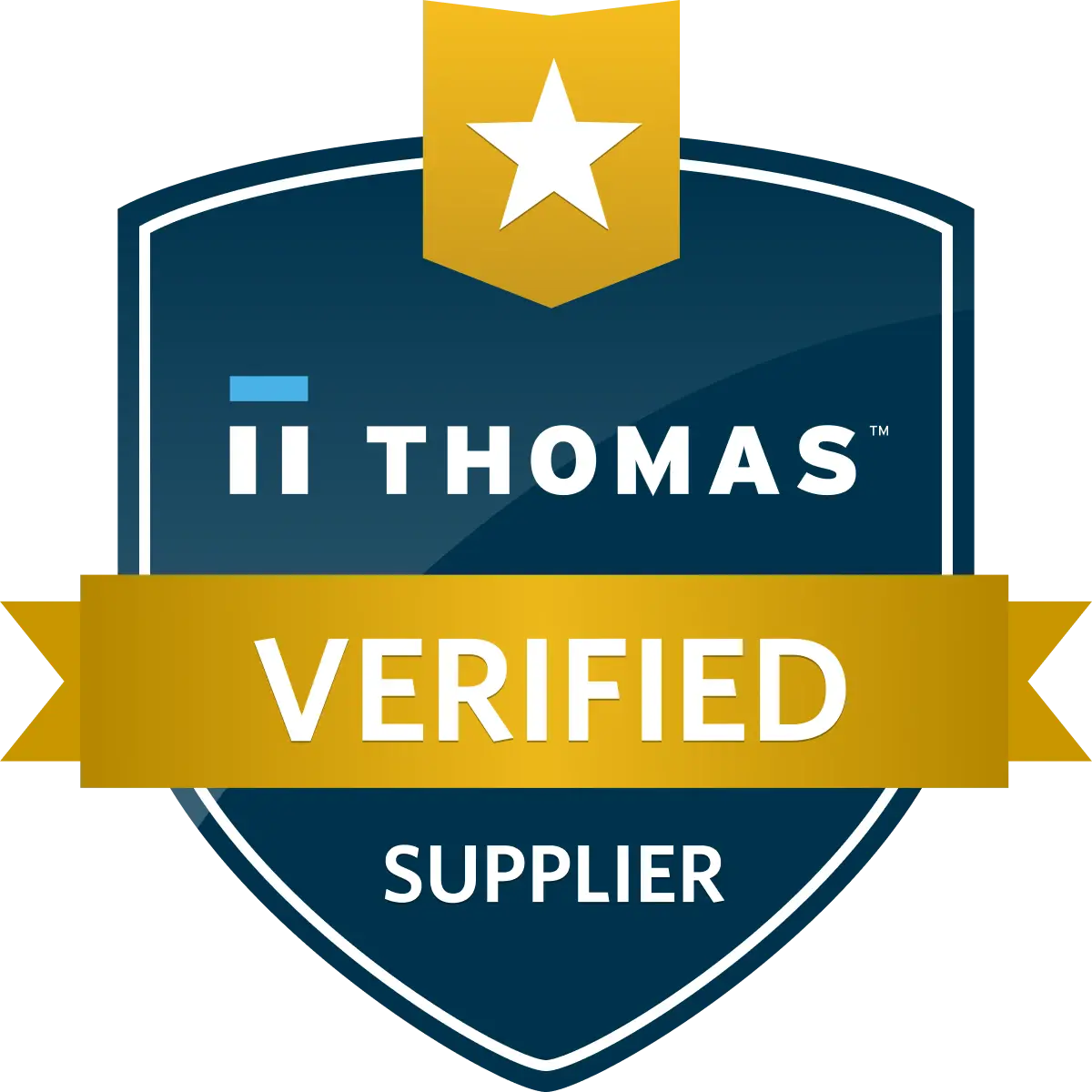
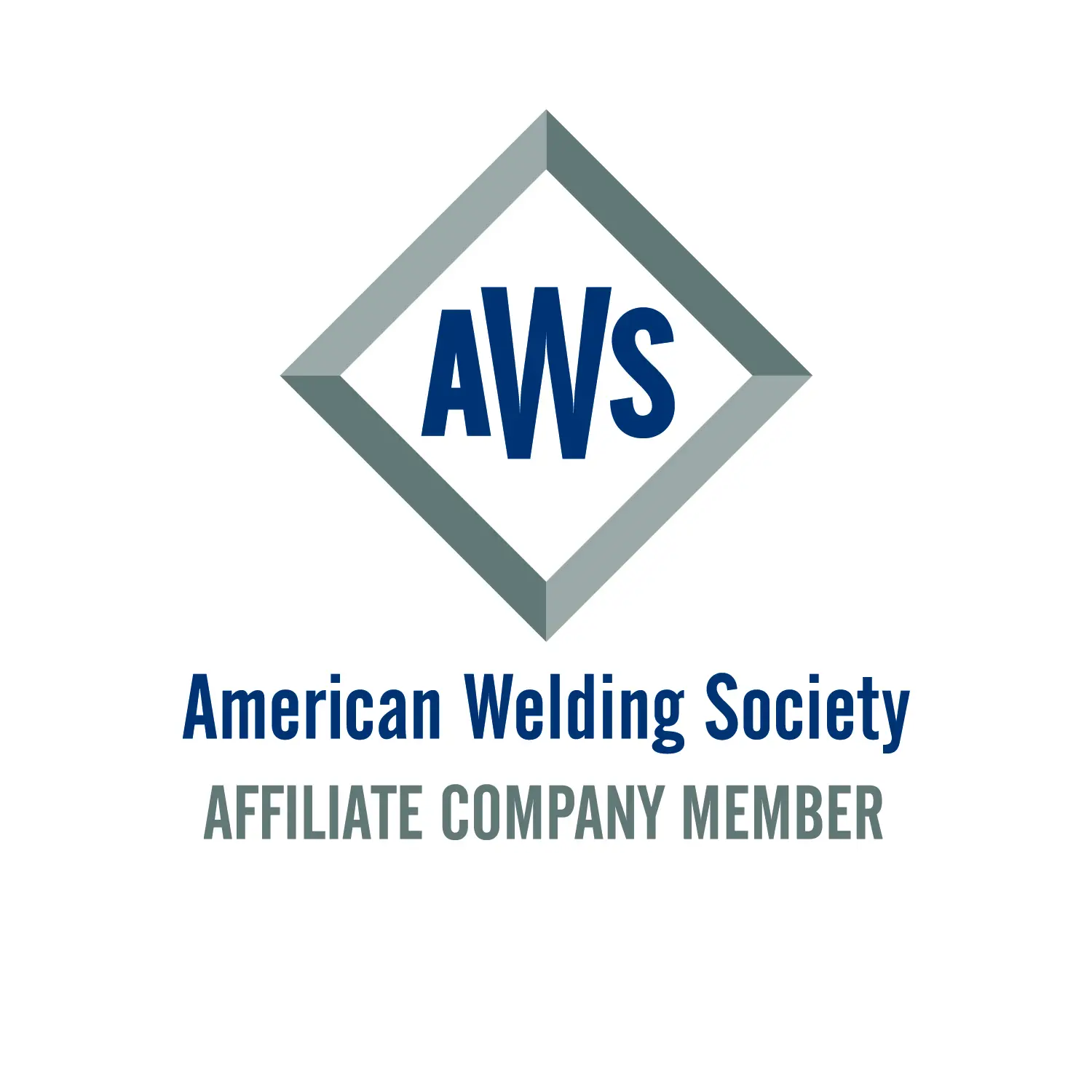
- Copyright2025 © Tri-State Fabricators
- Accessibility
- Privacy Policy
- Terms


